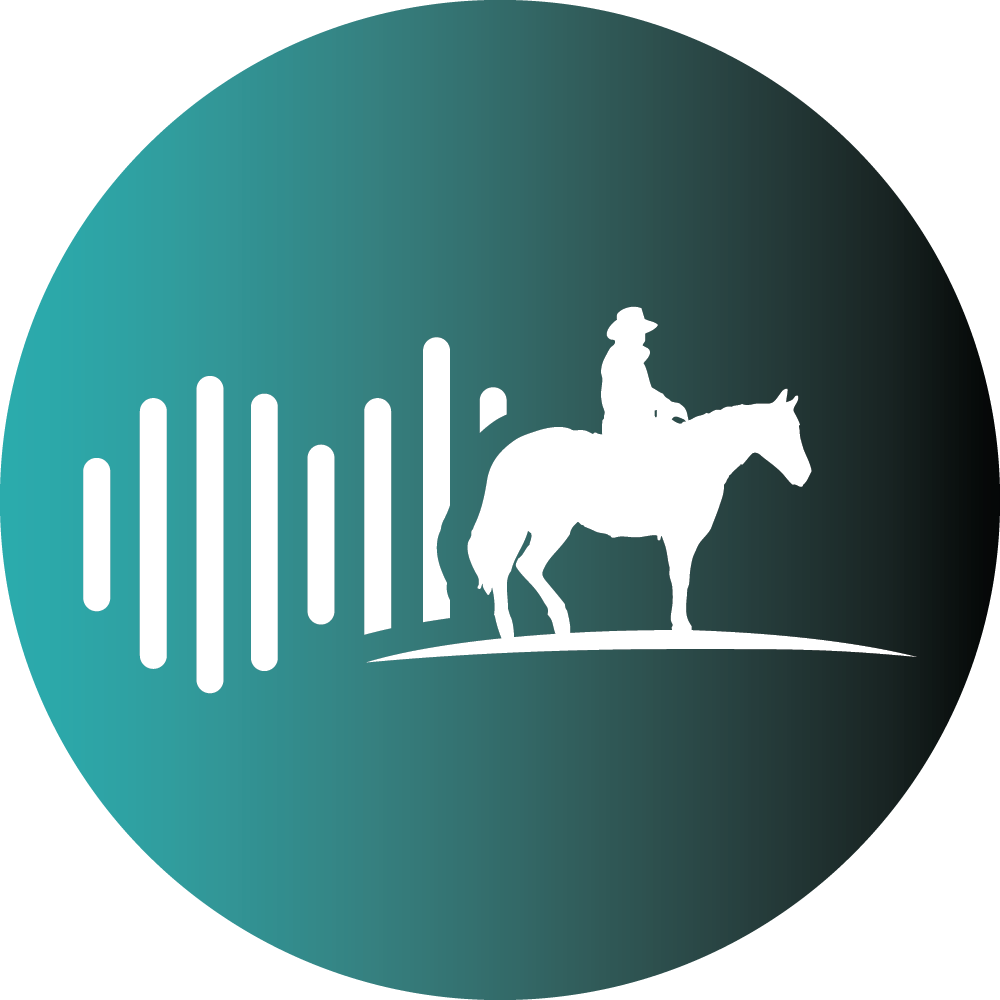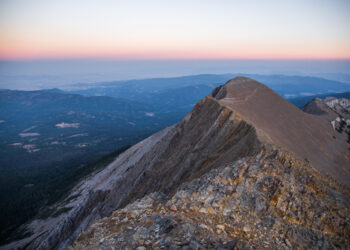By Benjamin Alva Polley EBS COLUMNIST
There’s an old Aesop fable about a wolf wandering the hillsides and valleys when it comes across a robust mastiff. In the story, the wolf and dog begin to chat.
The wolf notices that the mastiff is much better fed than the wolf. “What do you do on your hunts to stay so well-fed?” the wolf asks.
“Very little,” responds the mastiff. “I get all the food I want brought to me. All you have to do is be nice to the family, help guard the house and the flocks and drive away strangers.”
The wolf thinks this over carefully. He risked his life daily through weather and hunger and no guaranteed meals. So, he replies, “Really, no kidding? Sounds like a great deal. Sign me up.” The mastiff is happy to have a companion, so they trot off together to the master’s house.
But then he noticed a device on the mastiff that had worn the fur thin around its neck. The wolf stops dead.
The mastiff asks, “What’s wrong? Aren’t you coming along?”
“What’s the deal with that thing on your neck?”
“My master put it on me. It’s not a big deal. It is just a collar around my neck that attaches to a chain. It shows that I have an owner.”
“An owner, a chain?” the wolf responds. “You mean you are not free to come and go as you please?”
“Some days, yes, but plenty of days, no,” the dog replies.
The wolf takes off the other way, hightailing it back to the land of scarcity, struggle and hunger.
The mastiff yells, “Why are you running away from free food? What does that mean?”
The wolf keeps running, yelling over its shoulder, “Everything. Everything.”
With hunting season fast approaching, the age-old argument will echo about how it is all the wolves’ fault that deer and elk are hard to come by. Wolves have become the scapegoat whenever things go wrong, whether game numbers are (supposedly) decreasing or the rancher finds dead or missing livestock. Wolves, seemingly more than any other predator in the Mountain West, capture people’s hatred. People hate them because they are hard to see as they creep in the shadows—except in Yellowstone, much to tourists’ viewing pleasure—and hunt at night. People hate them for their reintroduction projects that signal government overreach. Some are envious of their freedom to go where and when they want. I’ll admit I sometimes find myself jealous because they get to hunt every day. I envy their tight-knit families, social groups and how they mate for life. In our modern, comfortable world, maybe I am that mastiff in Aesop’s fable that hates the wolf for being free, not tied to a desk, an office, a house, cell phones, or all these damn bills. I’m jealous of their being able to wander the hills and valleys.
I might be envious, but I don’t understand the hatred and fear.
Elk are harder to see, find and hear than they used to be when wolves were absent on the landscape—because we had exterminated them.
“Grizzlies and mountain lions attack and kill far more people than wolves, yet people don’t have the same hatred and fear toward them,” said Diane Boyd, former wolf recovery coordinator for Montana Fish, Wildlife and Parks, in a phone interview.
From 2000-2015, there were 18 fatal grizzly bear attacks on humans in North America. According to the National Park Service, the chance of being attacked by a bear is just 1 in 2.7 million visits. In the past 100 years, there have been 126 mountain lion attacks on humans, with only 27 fatalities. In contrast, there have been 41 recorded non-fatal wolf attacks on humans in North America, and over the past century, only two fatal wolf attacks on humans. For perspective, cows kill around 20 people yearly, and we are more likely to drown in a bathtub or be struck by lightning than be attacked by any of the top three predators.
“The overall message is that most people in North America and Europe can live very close to wolves and be perfectly okay in 99.99999% of cases,” said John Linnell, a senior research scientist with the Norwegian Institute for Nature Research and the lead author on a recent report about wolf attacks on humans.
“In my humble opinion, people fear them because they feel wolves could jeopardize their livelihood or lifestyle, especially if you are a hunting guide/outfitter or a rancher,” Diane Boyd added.
However, data from the U.S. Department of Agriculture reports that most livestock (cattle and sheep) deaths are from disease or poor health, weather, theft and birthing defects. Montana statistics on sheep predation show that coyotes kill 8,000 to 10,000 animals annually, by far the primary threat. Eagles, bears, foxes, dogs, bobcats, lions and wolves are next, in that order, with wolves only killing around 100 animals annually—less than 1%. Even when agency biologists and managers investigate and discover that lions, local dogs or eagles are to blame for livestock kills, the vocal minority often ignore the facts, shout the loudest and beat war drums. As a result, wolves often become a political football.
One fear for those who denounce wolves is that they’ll take over the entire landscape and kill all the game species, like vermin. Yet, basic wildlife biology principles ensure that wolves die from food and starvation if a wolf population rises too high for the ecosystem. The same holds for elk or any other animal population; one lousy winter can kill off many ungulate species. This simple natural check will curb how large wolf populations grow. Wolves are highly territorial and often defend their territories to the death, effectively controlling the population. Based on prey availability, territories are extensive, from 100 to nearly 1,000 square miles. Nature has ways of checks and balances with all species.
So where does that lead us? Are wolves the blood-thirsty savages history wants to blame, or are they creatures seeking out an existence on the edge of humanity’s knife? Fragmentation reduces global biodiversity by 13 to 75% and impairs critical ecosystem functions. Civilization has carved up 70% of the globe’s remaining forests, fragmenting the landscape into developed plots ready to be sewn for agriculture, forestry, industry, oil and gas exploration, roads, or commercial development, with a few scattered places left for predator and prey to reside.
Wolves are beings like us. They are sentient beings making decisions, trying to feed their families and raise their young ones.
Wolves are wildlife. They are not sinners, and they are not saints.
In the years preceding wolf recovery, Montana Fish, Wildlife and Parks monitored wolves statewide and inside national parks. The researchers used radio collars to track how far wolves roamed on any given day, how large their territory was, where their dens were and how far dispersers would go to find new domains. The collars also allowed biologists to see the numbers of members in a pack in winter as they do flyovers. The Aesop fable of the wolf’s fear of wearing a collar comes uncomfortably to mind.
Undoubtedly, Western science can be pretty invasive when studying wildlife. Yet, without these practices, we wouldn’t learn or know as much as we do about wolves’ movements on the landscape, daily and seasonal patterns, and the habitat they need. This also allows humans to learn about and be held accountable for our impacts on wildlife. Our desire to help wild animals is inextricably intertwined with impacting them, much like the mastiff’s situation. Collaring a wolf with an identification number, though essential for these researchers and perhaps for wolf population numbers, lessens the wolf’s freedom.
On both sides of the wolf controversy, humans seem to want the wild to be wild, but only on our terms. Trappers, ranchers and researchers alike are drawn to know where the wolf is and what it is doing. Wearing a collar, getting shot, or getting a paw caught in an iron jaw signifies everything a wolf isn’t.
The wolf in the Aesop parable denies that ownership, identification and chained freedom can coexist with its own identity, let alone coexist with GPS units in contact with satellites tracking every step it takes.
Humans live much less of a wild life than wolves.
Maybe this is why we hate the wolf. Perhaps there is a human propensity toward hating wolves.
We, humans, seem to want to allow the wild to be wild only if it fits within the absurd idea that bison or wolves will stay within the invisible boundary lines of a park. Suppose the animals are too wild to fit within our game of civilization or follow our parameters. In that case, they will be culled for being what they are: animals in a complex, intricate ecosystem that doesn’t end at a boundary line.
Maybe the valid reason I wouldn’t get an elk this year is because I didn’t go as hard at it as I used to and don’t have the time off to do so. Perhaps climate variation is causing elk to stay up in the high country longer and they aren’t being pushed down by early seasonal snow, or many of the ones on the valley floor are on giant private ranches that I can’t access.
But it’s not fair to continue blaming the wolves. They’re the wild ones hunting for survival in a world that continues to stack odds against it. Wolves deal with enough without human prejudice, malice, hatred or fear. Long may wolves roam.
Benjamin Alva Polley is a place-based storyteller with stories published in Outside, Adventure Journal, Popular Science, Field & Stream, Esquire, Sierra, Audubon, Earth Island Journal, Modern Huntsman, and other publications at his website www.benjaminpolley.com/stories. He holds a master’s in Environmental Science and Natural Resource Journalism from the University of Montana.














